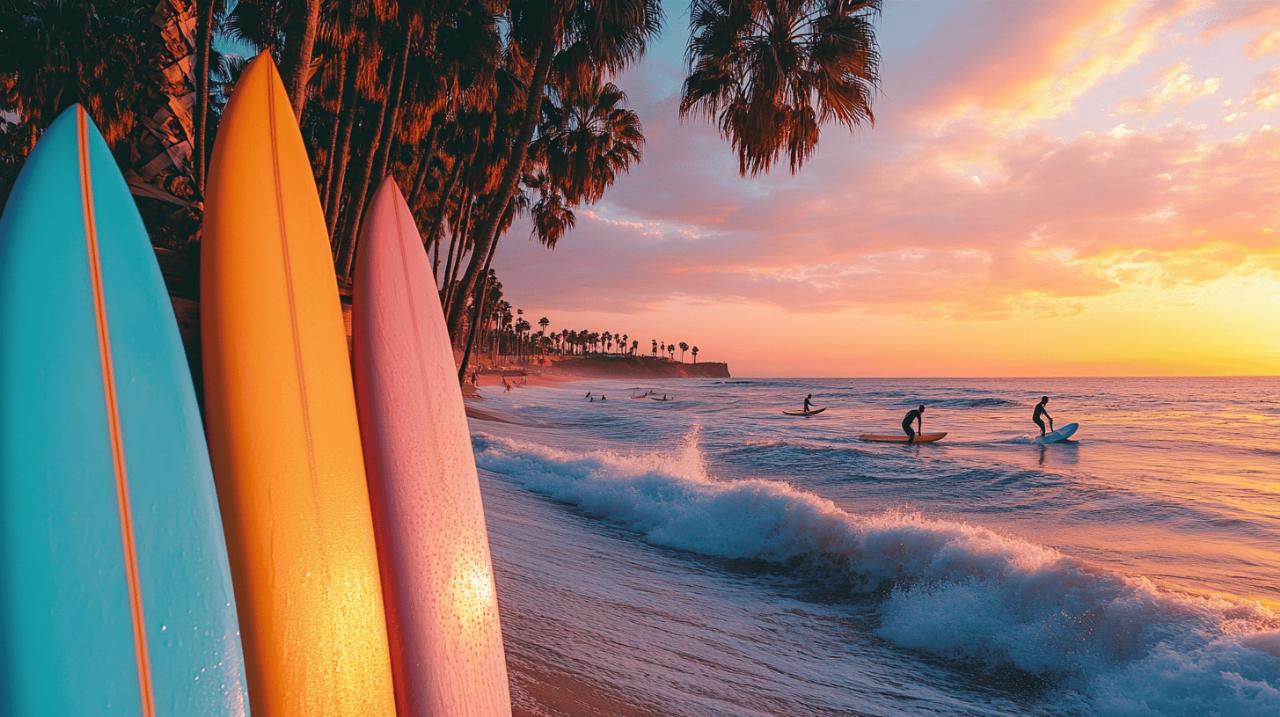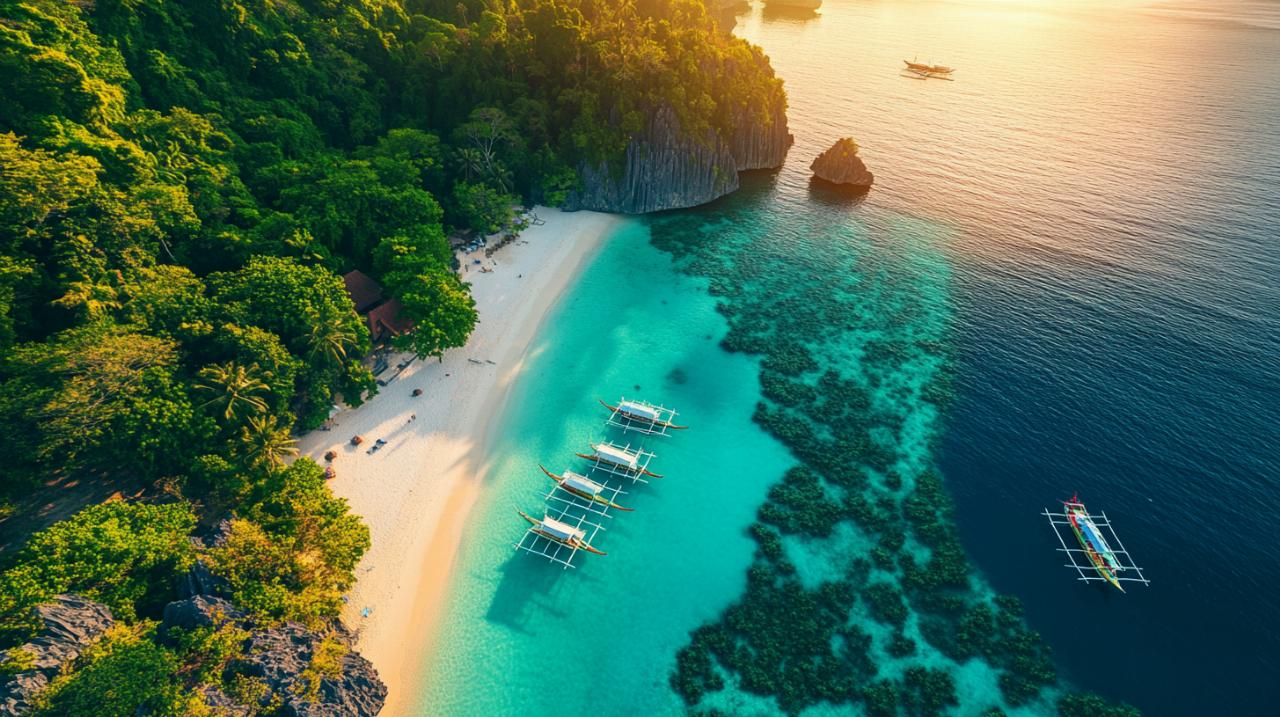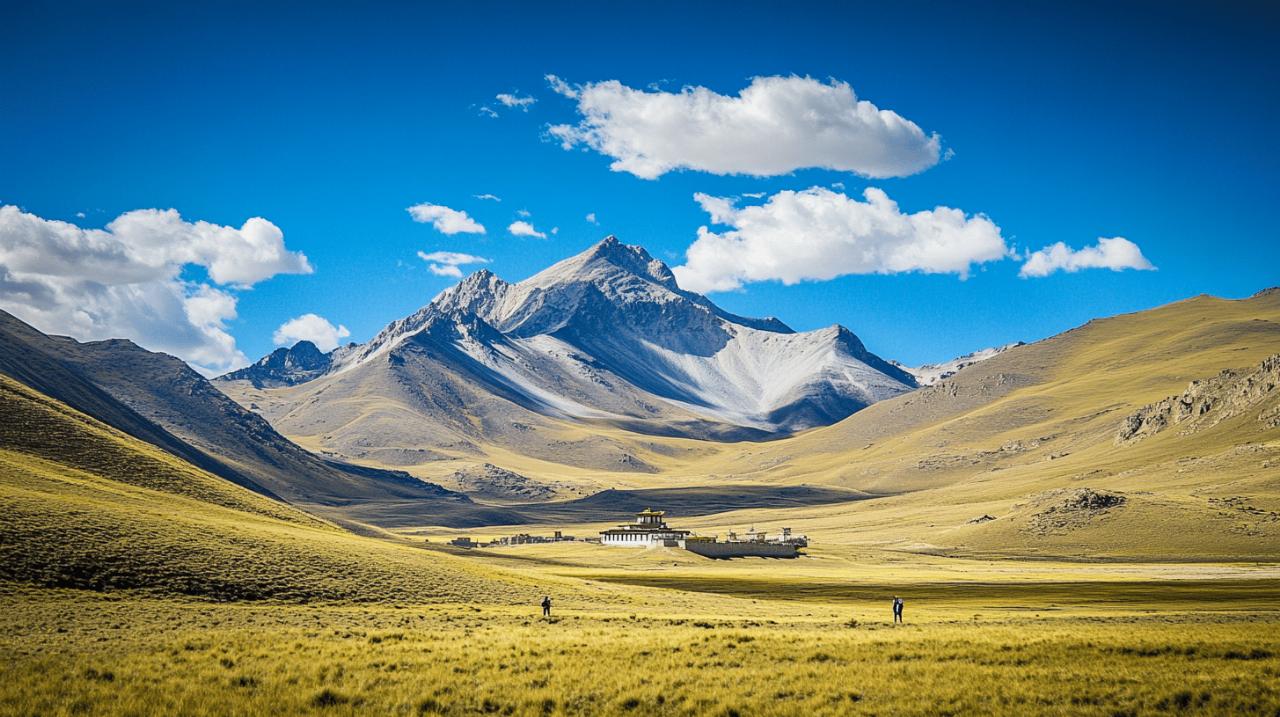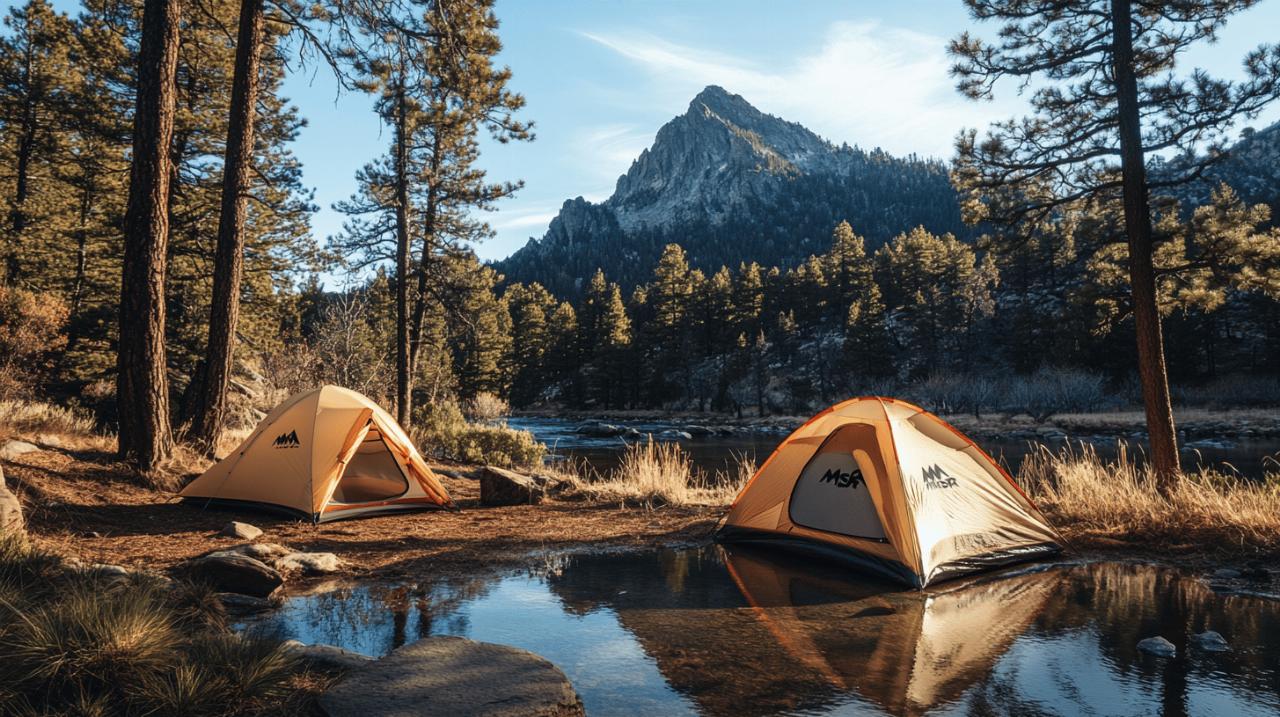When it comes to finding the best surf spots on the West Coast of the United States, enthusiasts are truly spoilt for choice. From the sunny shores of California to the rugged coastlines of Oregon and Washington, each location offers unique experiences for surfers seeking to catch those legendary El Niño swells that transform ordinary surf into extraordinary adventures.
California's iconic surf destinations
California stands as the crown jewel of American surfing with its impressive 840 miles of shoreline. This golden state has become synonymous with surf culture, attracting wave riders from across the globe year-round. The combination of consistent swells, particularly during El Niño periods, and the state's vibrant beach communities creates an irresistible draw for everyone from novices to professionals.
Huntington beach: the heart of surf city
Often referred to as 'Surf City', Huntington Beach embodies the quintessential California surf experience. The long stretches of sandy beach provide ample space for surfers to spread out and catch waves that roll in with remarkable consistency. The Huntington Surf Inn offers accommodation just steps from the water, making it perfect for visitors looking to maximise their time on the waves. During El Niño seasons, these normally friendly waves can transform into more powerful swells, creating exciting challenges even for regular visitors to this iconic spot.
Santa Cruz and Steamer Lane: Challenging Breaks for the Dedicated
Further north, Santa Cruz boasts a dynamic surf culture centred around legendary spots like Steamer Lane. Known for its powerful breaks and challenging waves, Steamer Lane becomes particularly impressive during El Niño conditions. Recent satellite data recorded seas of 45 feet powering swells toward this area, with forecasts predicting waves around 15 feet at 18 seconds during peak El Niño events. The scenic beauty combined with the laid-back atmosphere makes Santa Cruz a must-visit destination, though the intensity of its waves demands respect and experience.
Oregon's picturesque surfing havens
Moving northward, Oregon offers a striking contrast to California's more crowded beaches. The state's coastline is characterised by its ruggedness and raw natural beauty, with significantly emptier lineups that appeal to surfers seeking solitude alongside their waves. The trade-off comes in water temperature, requiring thick wetsuits even during warmer months.
Cape kiwanda: spectacular dunes and quality waves
Cape Kiwanda stands out among Oregon's surf spots with its dramatic sandstone cliffs and impressive dunes creating a breathtaking backdrop for surfers. The waves here benefit from El Niño patterns that send consistent swells toward the Oregon coast. While not as famous as some California locations, Cape Kiwanda offers quality waves without the crowds, making it an increasingly popular destination for experienced surfers willing to brave the colder waters of the Pacific Northwest.
Short sands beach: sheltered coves and perfect conditions
Nestled within Oswald West State Park, Short Sands Beach provides one of the more sheltered surfing experiences on the Oregon coast. The cove setting offers some protection from harsh winds while still receiving excellent wave action, particularly during autumn when El Niño influences create ideal conditions. Surrounded by lush coastal forest, this spot combines natural beauty with surprisingly good surf opportunities, though access requires a short hike that helps keep crowds manageable.
Washington's rugged coastal surf spots
Washington State represents perhaps the most adventurous frontier of West Coast surfing. Its dramatic shoreline experiences powerful winter swells that coincide perfectly with El Niño patterns, creating prime conditions for those willing to endure the state's notoriously chilly waters and frequently overcast skies.
Westport: consistent swells amidst natural beauty
Westport has earned its reputation as Washington's most reliable surf destination. The area receives consistent swells that wrap around its headland to create surfable waves throughout much of the year. During El Niño winters, these waves gain significant power and size, attracting dedicated surfers from throughout the Pacific Northwest. The town has embraced its status as a surf hub while maintaining its fishing village charm, offering visitors an authentic coastal experience alongside quality waves.
Lesser-known washington gems for crowd-free surfing
Beyond Westport, locations like Ocean Shores and La Push offer alternatives for surfers seeking to escape even the modest crowds found at Washington's main surf spots. These areas provide more remote experiences where nature remains largely untamed. The trade-off comes in accessibility and amenities, but for those seeking true connection with the ocean in its most natural state, these spots deliver unforgettable sessions, especially when El Niño systems pump larger-than-average swells toward Washington's coast.
Making the Most of El Niño Swells
Understanding the unique influence of El Niño on West Coast surf conditions is essential for anyone hoping to experience the best waves this coastline has to offer. This climatic phenomenon creates distinctive patterns that transform ordinary surf spots into world-class wave destinations under the right conditions.
Understanding how el niño affects west coast waves
El Niño fundamentally alters Pacific Ocean currents and temperatures, resulting in larger, more consistent swells along the West Coast. The impact varies by location, with Northern California spots like Mavericks experiencing truly monumental conditions. During recent El Niño events, waves with faces up to 50 feet have been recorded at premier big wave locations. Even moderate El Niño influences can turn standard beach breaks into challenging waves, as the energy travelling across thousands of miles of open ocean translates into powerful surf. Gary Griggs from UC Santa Cruz notes that these waves can exert tremendous force, with a 10-foot wave generating about a ton of pressure per square foot.
Seasonal Tips for Catching the Best El Niño Surf
Autumn emerges as the prime season for surfing the West Coast, particularly from September through November when El Niño patterns often establish themselves. This period typically offers the optimal combination of swell size, favourable winds, and manageable crowds. Winter brings the biggest waves, especially during El Niño years, but also challenges like high tides and storm conditions that can make surfing hazardous for all but the most experienced. The National Weather Service in Monterey has issued multiple high surf warnings during strong El Niño cycles, underscoring both the opportunity and risk these conditions present. For those seeking the legendary waves El Niño can deliver, flexibility in travel plans and constant monitoring of forecasts remain essential strategies for scoring the session of a lifetime along the magnificent West Coast.
Whether you're drawn to California's sun-soaked beaches, Oregon's pristine coastline, or Washington's wild shores, El Niño seasons transform the entire West Coast into a surfer's playground of exceptional potential. With proper preparation and respect for the ocean's power, these swells offer unforgettable experiences across hundreds of diverse breaks spanning three distinctive states.
Alaska's hidden surf treasures
The rugged coastline of Alaska offers a stark contrast to the popular surf spots further south on the West Coast. With an astounding 34,000 miles of coastline, Alaska represents an untamed surf territory that calls to the most adventurous wave riders. These frigid waters demand respect, proper preparation, and thick 5mm+ wetsuits, but reward brave surfers with pristine waves and breathtaking scenery far from the crowded lineups of California.
During El Niño seasons, Alaska's surf potential truly shines, as powerful swells generated by this weather pattern travel northward along the Pacific coast. Whilst California surfers might be familiar with the massive El Niño swells that brought 50-foot faces to Mavericks and 15-foot waves to Santa Cruz in past seasons, Alaska receives these same weather systems with its own unique character.
Yakutat bay: remote glacial surfing paradise
Yakutat Bay stands as Alaska's most renowned surf destination, offering a truly unique experience where surfers can ride waves with glaciers as their backdrop. This remote surf paradise sits at the northern edge of the Gulf of Alaska, perfectly positioned to catch consistent swells rolling in from the vast Pacific Ocean.
The bay's geography creates ideal conditions during autumn months (September-November), widely regarded as the prime surf season along the West Coast USA. During El Niño periods, Yakutat receives particularly powerful swells that can generate impressive wave heights. The remoteness of this location means you'll rarely have to battle for position in the lineup – though you will need to battle the elements.
Surfing Yakutat requires genuine commitment. The water temperatures demand substantial wetsuit thickness year-round, and access to the best breaks often involves chartered flights or lengthy drives. This isolation has preserved Yakutat as a pristine surf destination for experienced surfers seeking solitude and raw coastal beauty.
Kodiak Island: Wild Waves for the Adventurous Soul
Kodiak Island presents another frontier for dedicated wave hunters in Alaska. This massive island in the Gulf of Alaska is exposed to swells from multiple directions, creating diverse surfing opportunities across its varied coastline. The island's position makes it particularly responsive to the enhanced swell activity associated with El Niño weather patterns.
Weather conditions at Kodiak can change dramatically within hours, with powerful storms generating local wind swells that complement the groundswells arriving from distant Pacific storms. This variability creates an environment where surf can appear suddenly and disappear just as quickly, rewarding those who are patient and prepared.
The wild nature of Kodiak surfing extends beyond the waves themselves. Surfers must be mindful of coastal erosion that can alter break characteristics, particularly during high surf warnings that accompany major swell events. The sheer power of the ocean here is remarkable – researchers have noted that waves along the Alaskan coast can toss rocks weighing up to 8 tons, and a 10-foot wave can exert about a ton of pressure per square foot.
For the adventurous soul willing to don thick neoprene and brave the elements, Kodiak Island offers a surfing experience that connects riders with the raw power of the North Pacific in a way few other locations can match. Far from the surf hotels and amenities of Southern California, Kodiak represents surfing in its most primal and rewarding form.






